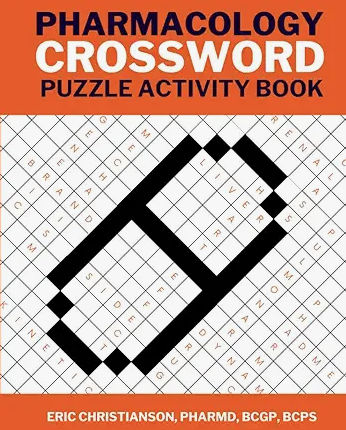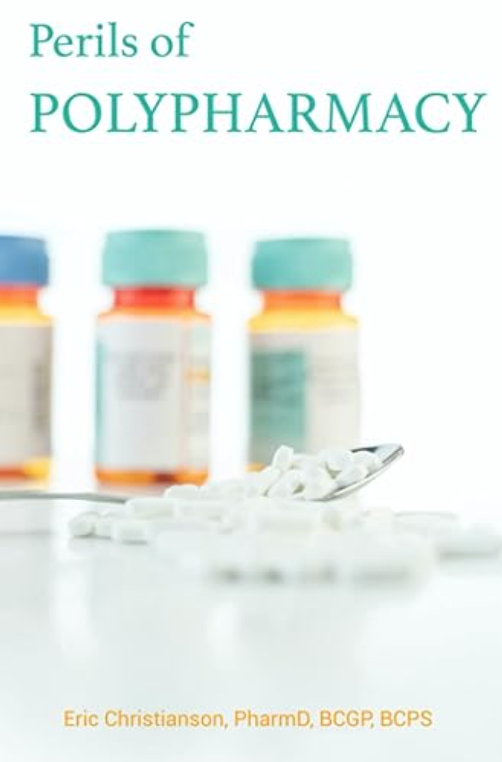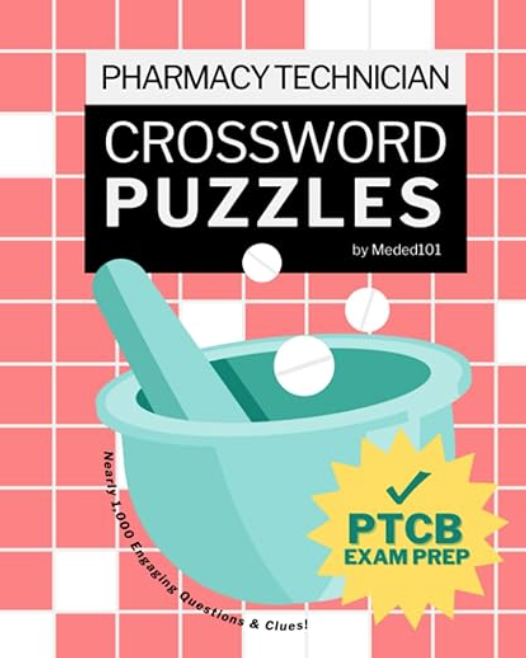Ertugliflozin was first approved in 2017 for the treatment of type 2 diabetes. This medication is an SGLT2 inhibitor that prevents the resorption of glucose back into systemic circulation. It has been shown to be effective in lowering A1c and managing diabetes. In this blog post, we compare the use of Steglatro (ertugliflozin) to other available SGLT2 inhibitors.
Advantages
The biggest single advantage of ertugliflozin over other SGLT2 inhibitors is the cost of the medication. A 1-month supply of ertugliflozin costs around $350. While other SLGT2 inhibitors usually cost over $500 dollars for a month’s supply. If the cost of the medication for a patient is an important factor, Steglatro may be the preferred SGLT2 inhibitor. The adverse effect profile is relatively similar to other agents in its class.
Disadvantages
One disadvantage of ertugliflozin is the limited use and evidence in patients with renal disease. Ertugliflozin is only recommended to be used down to a GFR >45 mL/min/1.73 m2. (Excellent board exam nugget) Comparing it to another SGLT2, empagliflozin can be used down to a GFR ≥ 30 mL/min/1.73 m2, and even further in the treatment of heart failure. Alternative medications are recommended for patients with impaired kidney function. A second disadvantage of ertugliflozin is the lack of conclusive data on its cardiovascular benefit compared to other SGLT2 inhibitors. Empagliflozin and dapagliflozin have both been studied and shown to have cardiovascular benefits. While ertugliflozin is still in trials for cardiovascular benefit and is showing promise, it still lacks conclusive data currently. A third disadvantage is the lack of studies showing its effectiveness in chronic kidney disease. Empagliflozin, dapagliflozin, and canagliflozin are all approved in the setting of chronic kidney disease.
Summary
In summary, ertugliflozin is effective in its own right in the treatment of diabetes and is slightly cheaper compared to other SGLT2 inhibitors. Ertugliflozin, unfortunately, lacks some of the supporting evidence for cardiovascular benefit and use in chronic kidney disease compared to other SGLT2 inhibitors.
This article was written by Hunter Backholm, PharmD Candidate, in collaboration with Eric Christaisnon, PharmD, BCPS, BCGP.
- 30 medication mistakes PDF
- 18+ Page Drug Interaction PDF
- 10 Commandments of Polypharmacy Webinar based on my experiences in clinical practice









0 Comments